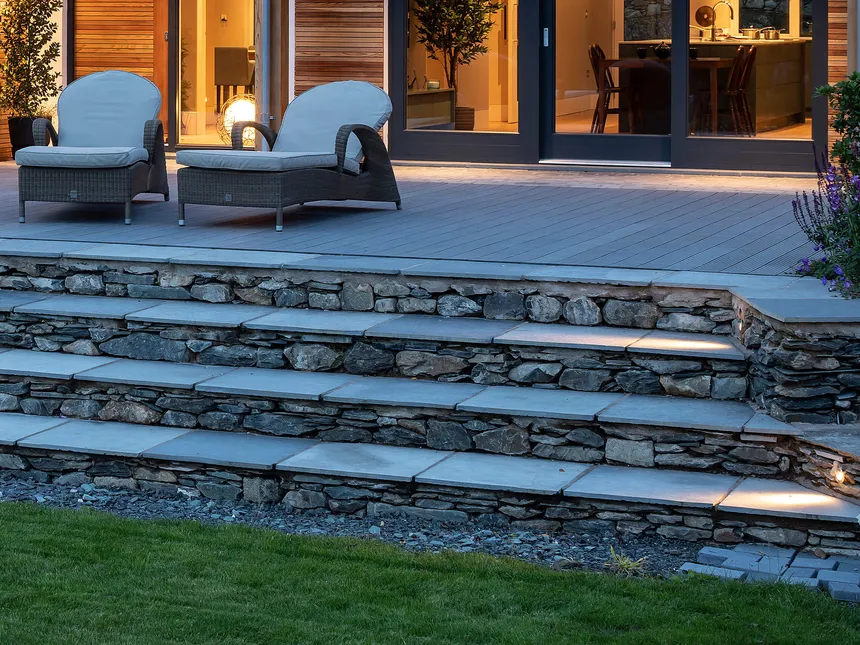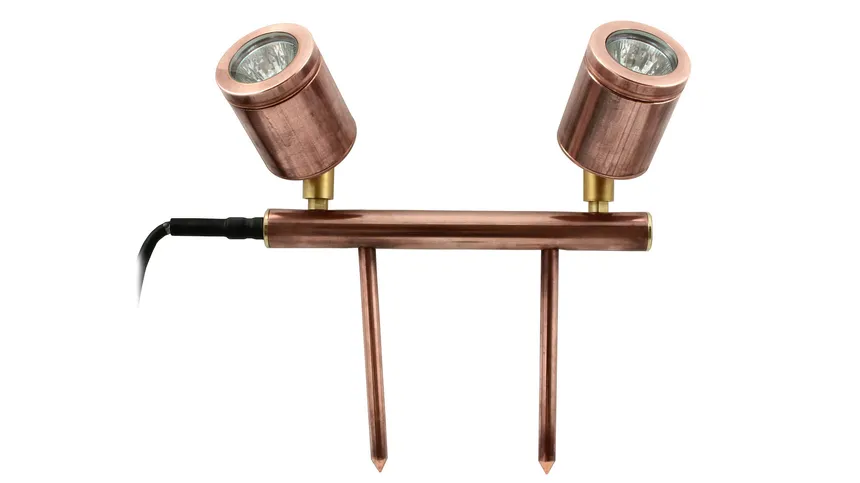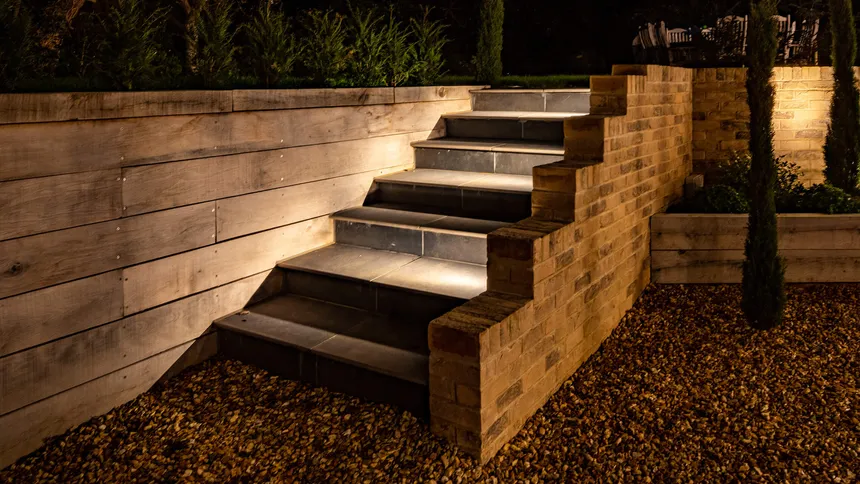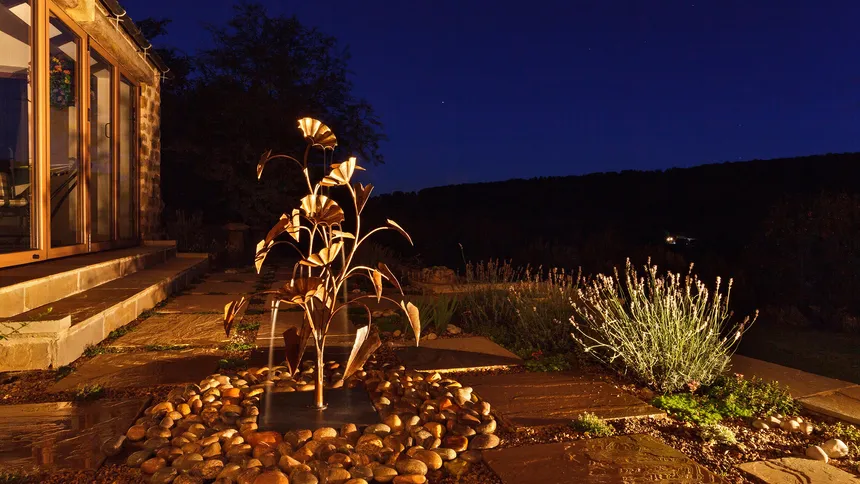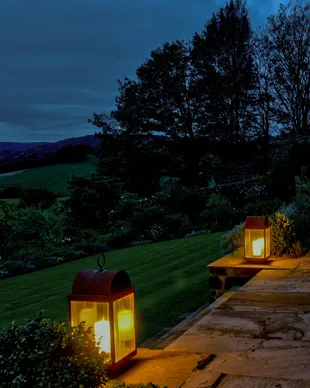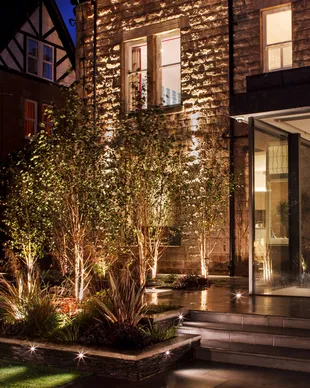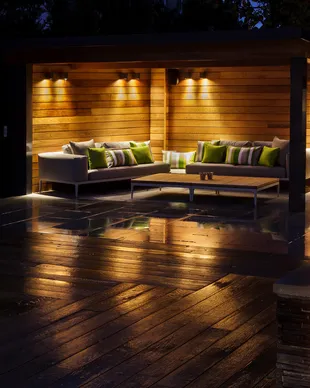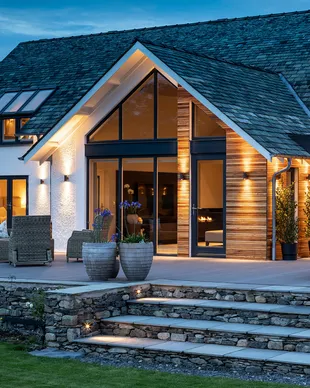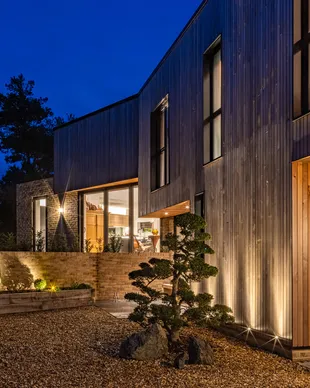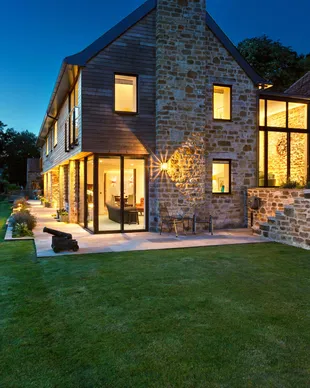If water can get in, it will. This is the most common cause of external fittings failing. It’s important to design out points of failure by planning each link in the chain: the fittings themselves, the connections and the overall approach to cabling.
Use the best quality fittings
Firstly it’s important to use good quality fittings; there is a small selection of architectural fittings for garden lighting here. We can supply a much wider range than that displayed on the site so if you’re looking for something specific, give us a call.
Follow the installation instructions and pay particular attention to the detail around connections. Even properly sealed fittings can fail due to water ingress if the cable connections are not completely watertight. Moisture can enter through connections and track up the copper cable inside its outer sheath, so that water actually enters the fitting through the cable. If connections have to be made in a damp environment then use a proper cable joint kit not duck tape, plastic bags or various other horrors.
Make connections in a dry environment where you can
Ideally you want to make connections in a dry environment. Many fittings can be ordered with an extra long cable or ‘tail’ so that the connection can be made away from the fitting. Cable tolerances have to be observed (and these will vary by fitting) but it’s a good approach. If the cable is going to pass under/through hard surfaces or walls then ideally put the cabling in conduit for future ease of maintenance.
LED fittings have drivers (like transformers) either integral to them or, for smaller fittings, remote to them. We recommend locating these drivers in mini hubs around the garden located in waterproof junction boxes concealed in various areas. This is a far better solution than burying the drivers in the ground. If the connections from the fittings are made in the waterproof box and it’s properly sealed (and ideally mounted above ground) then this significantly reduces the likelihood of water ingress through the connections. If designing this way then take 230v supplies for these circuits to where the drivers are to be located, not where the fittings are going.

